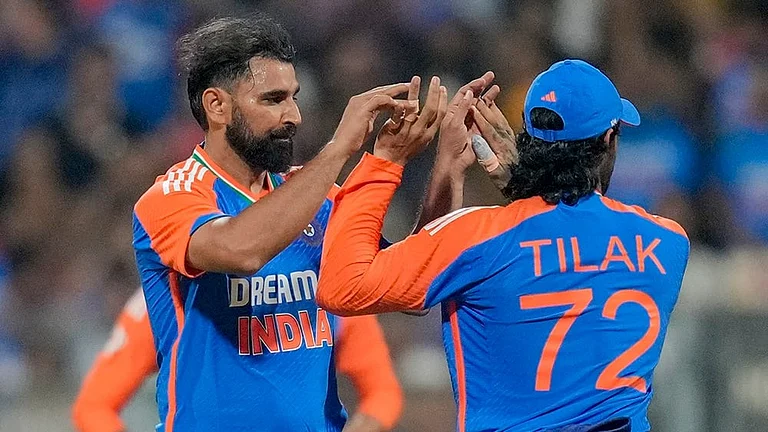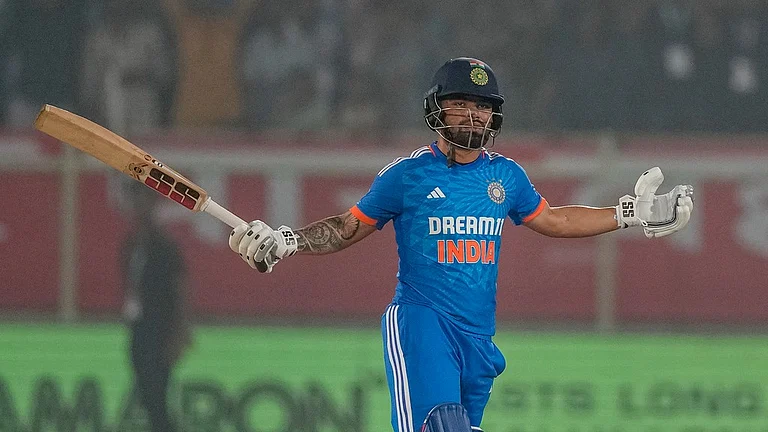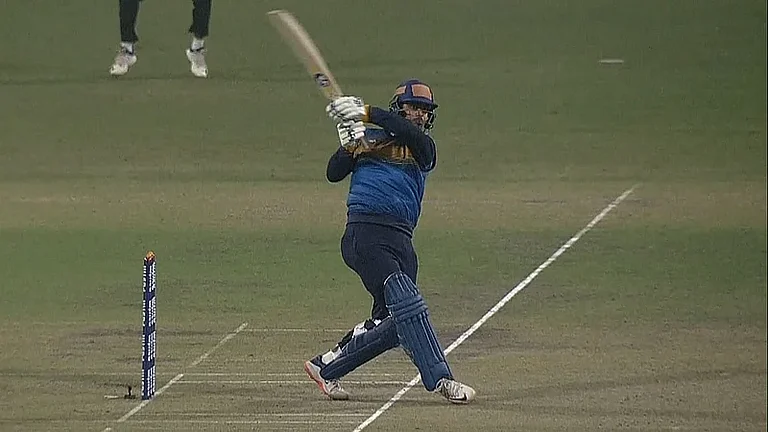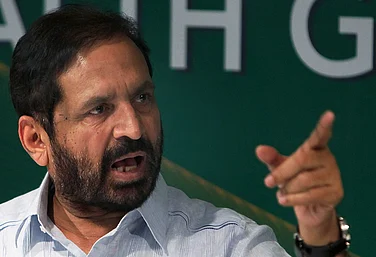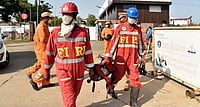The ongoing heatwave in India has broken several records. The month of March was reported to be the hottest in 122 years, whereas the national capital Delhi witnessed the second hottest April in 72 years with an average maximum temperature of 40.2*C – almost four degrees above the normal average of 36.30.
Such heatwaves bring with them a host of concerns, such as effects on people’s health, crops, and economic activities.
The World Health Organization has said of Indian heatwaves, “Deaths and hospitalisations from heat can occur extremely rapidly (same day) or have a lagged effect (several days later) and result in accelerating death or illness in the already frail, particularly observed in the first days of heatwaves.
Here are the common health concerns associated with the heatwave, how to recognise them, and tips to prevent these health issues.
Heat cramps
Heat cramps are muscle spasms caused by dehydration and electrolytes loss. This is usually caused by intense physical activity in high temperatures which is often accompanied by heavy sweating.
Besides muscle spasms, other symptoms that are felt in legs, arms, back, and abdomen, are involuntary jerking movements, muscle pain, heavy sweating, and a fever, according to Healthline.
Healthline adds that heat cramps can also be symptoms of more serious conditions such as a heat stroke. You should rest and restore your fluids and electrolytes. But if you still don’t feel well, you should seek medical care, so heat cramps don’t escalate to heat exhaustion or a stroke.
Heat exhaustion
Heat exhaustion is one of the three heat-related conditions in this increasing order of severity – heat cramps, heat exhaustion, and heat stroke, according to Mayo Clinic.
It’s caused when you are exposed to high temperatures and experience dehydration. The symptoms are – confusion, dizziness, fainting, fatigue, headache, muscle or abdominal cramps, nausea or diarrhoea, pale skin, heavy sweating, rapid heartbeat.
A low blood pressure upon standing and a cool and moist skin with goosebumps when in the heat are also associated with heat exhaustion.
As first-aid, you should remove the person experiencing heat exhaustion to a cooler place, give them fluids to restore the lost liquids and electrolytes, and remove any unnecessary or tight clothes. You should also fan them or put iced towels to cool them. They may also be given a cool shower or a bath.
However, if the person is not relieved of exhaustion in 15 minutes, you should seek emergency medical care, according to WebMD, as untreated heat exhaustion can develop into heat stroke that lead to brain damage and even death.
Heatstroke and differences with heat exhaustion
You are said to have a heat stroke when your body temperature cross 104*F from exposure to extreme heat. This is accompanied with dehydration. Fainting is usually the first sign of a person having a heatstroke, according to WebMD.
Other symptoms are throbbing headache; dizziness and light-headedness; lack of sweating despite the heat; red, hot, and dry skin; muscle weakness or cramps; nausea and vomiting; rapid heartbeat which may be either strong or weak; rapid shallow breathing; behavioural changes such as confusion, disorientation, or staggering; seizures; and unconsciousness.
As you would see, all three conditions explained here have some overlapping symptoms such as cramps and headaches. The difference between them is of increasing severity.
A person depicting symptoms of a heat stroke that are not seen in heat exhaustion, such as a very high body temperature; lack of sweating despite the heat; red, hot and dry skin; rapid and shallow breathing, should be immediately taken to professional medical care.
Meanwhile, move the person away from heat to a cool place, possibly in shade or in an air conditioned place if that’s possible. Keep fanning the person to cool their body.
According to Mayo Clinic, you should also sponge the person with cool water, place ice packs or cool wet towels on the neck, armpits and groin, and cover the person with cool damp sheets.
How to protect yourself in heatwaves
Exposure to extreme heat and loss of liquids are the major causes of heat-related health issues, so you should avoid them.
You should drink plenty of fluids such as water, lemonade, buttermilk, rice water, and lassi to avoid being dehydrated. You should also avoid going out in hotter parts of the day.
The India Meteorological Department has said that you should take such fluids even if you are not thirsty as the purpose is to keep yourself properly hydrated, not necessarily to quench thirst. These are some other tips –
- Wear loose, lightweight, light-coloured, cotton clothes and apply appropriate sunscreen.
- Cover your head with light-coloured scarves, caps, or umbrellas.
- Never leave anyone, including pets, in a parked car as it tends to heat up.
- Always keep a water bottle with yourself.







